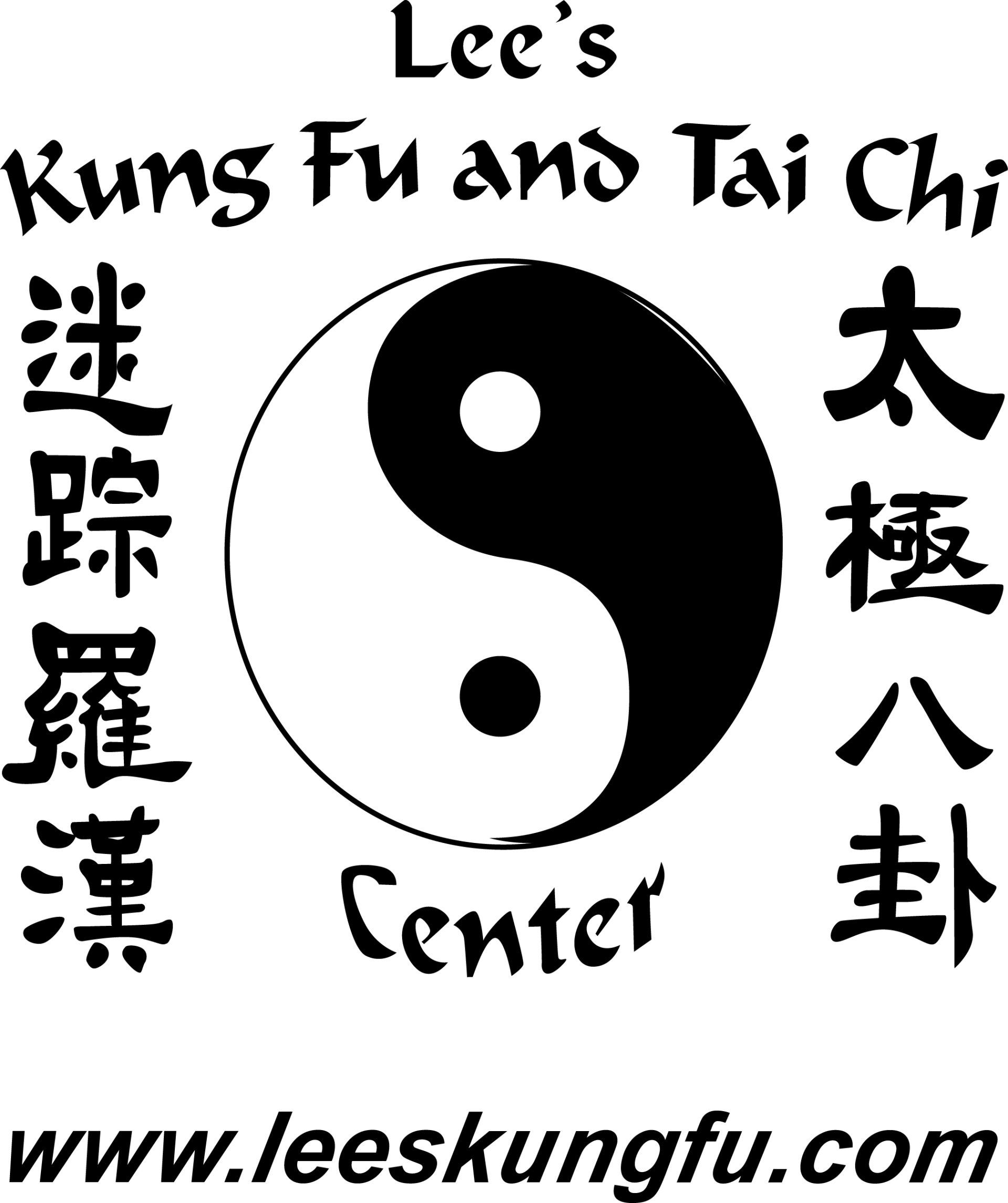Yeh Yu Teng
Born in 1892 into his family's protection services, The All Victorious Security Service, Yeh learned his branch of Law Horn Muen from his father, then his uncle. Protection services were common occupation for talented martial artists of the time. Yeh quickly gained a reputation as a skilled fighter along the caravan routes that never lost any goods or money. He was appointed as weapons instructor the warlord army of General Wang Wei Hsin in Peking. After the warlord era in China, Yeh became an instructor at the Shanghi Jing Wu School and then later in the South China Athletics Gymnasium where he continued to teach to until his death in 1962. Because of his prowess and talents and became known as one of "three northern tigers." While teaching in Hong Kong, Grandmaster Yeh had four principle disciples: C.H. Marr, Lew Tung Yim, Kwok June "Raymond" Wong, and Wong Ming "Johnny" Lee. The My Jhong Law Horn tradition and legacy remains in tact through their teachings.
Johnny Kwong Ming Lee
Or Johnny Lee as most know him in America, was born in Shanghai, China. In 1958 his family moved to Hong Kong, where at the age of 12, he began studying Northern Shaolin My Jhong Law Horn under the late Grand Master Yip Yu-Ting. Master Yip was a respected and recognized member of the Four Supreme Excellent Masters from Hopei, China. He took Lee as his last personal student. In 1965, Lee was lucky enough to find and also become the personal student of the late General Sun Paul Kung. General Sun was a disciple of Grand Master Fu Chen Sung, one of the original “Five Tigers” from northern China. He taught Lee the internal styles Pa Kua Chang and Tai Chi.
In 1974, Master Lee was invited to Shreveport, Louisiana, where he became one of the first Chinese Masters to introduce traditional Chinese Martial Arts into mainstream America. Since then, he has demonstrated his Kung-Fu in numerous national and international Kung-Fu and Karate tournaments and exhibitions.
Master Lee has also been featured in many national Martial Arts Magazines through personal interviews as well as professional articles about traditional Kung-Fu. He was recognized by Internal Arts magazine as “…one of the most knowledgeable Masters of Pa Kua Chang in this country”; and by inside Kung-Fu magazine as “…a nationally respected instructor of Chinese Martial Arts”; and also by the Pa Kua Journal as “…one of the two best known Fu Style Pa Kua Masters in the United States.” He has also been named Instructor of the Year and inducted into the Louisiana Black Belt Hall of Fame.
Wu Chian-chuan
The grandmaster of Wu Style Tai Chi Chuan revised the traditional old forms when he was teaching in the Athletic Research Institute in Peking during the early stage of the Republic of China. He omitted some repetitions, jumping, and stamping movements of the old style to make the whole set of tai chi chuan more structure, smooth, even, and continuous. Strictly abiding by principles, the new style preserved the special quality of the interaction of softness and energy.
The Wu Style Association was founded in Shanghi in 1935 by Wu Chian-chuan which resulted in the fact that Wu style has continued to flourish and draw more enthusiasts to learn the style. After his death the style was carried on by his three children, and his son in law, the famous push hands master, Ma Yueh-liang and his grandchildren. Wu Style training is naturally structured and characterized by slow, smooth movements with stillness and softness. Besides these, Wu style has kept many types of weapons training and structured sets in its lineage.
In the sporting circle, Tai Chi has long been acknowledged as suitable for both men and women, old or young, weak or strong, and those suffering from chronic diseases. Evidence shows that the prolonged and conscientious practice of tai chi significantly improves one health.
Pa Kua Chang and Fu Chen Sung
Fu Chen Sung studied Pa Kua under Dong Haichuan’s senior students Cheng Ting Hua and Ma Gui and over the years exchanged his great knowledge with many other masters such as Sun Lu Tang and Yang Chan Po (Yang Cheng-Fu). It is said that Fu Chen Sung was the only one able to dissolve Yang Chan Po’s pushing hands and the two became the best of friends. Fu Chen Sung was known in the history books as a giant both for his martial genius and for promoting the internal martial arts throughout China.
Fu Chen Sung was primarily noted as a Pa Kua master and is famous for his creation of the Dragon Shape Pa Kua Chang art. He was also skilled in the art of Chen Tai Chi Chuan which he learned from Chen Ting Xi. Inspired by the principles of Tai Chi Chuan, he incorporated the key elements of Pa Kua Chang into several new Tai Chi Chuan forms he created such as Fu Style Tai Chi Chuan, Tai Chi Lightning Palm and Tai Chi Lightning Fist. But it was his Pa Kua Dragon Palm style along with his ferociously fleeting and practical “pivotal power” which sealed his fame forever. He was one of the Canton Five Tigers and became head instructor of the Central Guo Shu Institute in 1928.







